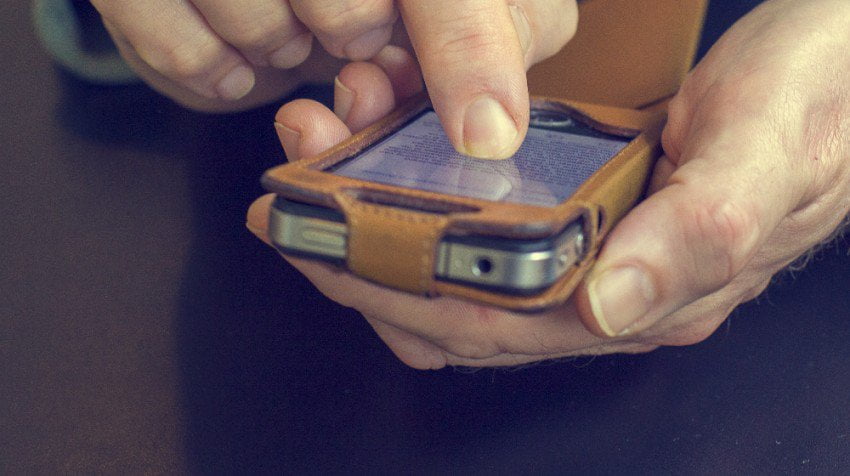
You don’t have to be a frequent user of Tinder to understand the popular dating app’s impact on popular culture. In fact, one of the app’s most popular features is actually making its mark on the business world.
If you are unfamiliar with Tinder, the app allows users to “swipe” the screen to indicate whether or not they are interested in a person they’ve been matched with. You swipe right if you are interested in talking to the person. And you swipe left if you’re not interested.
So you can probably see how that concept might also work for shoppers. In fact, some ecommerce businesses are already taking the concept of swiping and applying it to their own sites or apps. So instead of simply browsing through a sea of products or potentially favoriting some of them, customers can specifically indicate whether or not they would consider buying each product they come across.
The appeal of a feature like this for businesses is that it can offer you even more insights about the items customers like. And that could potentially lead to even more personalized marketing efforts in the future.
For customers, the appeal lies in a shopping experience that gives them something to do. Swiping is an easy way to indicate your feelings about a product. It’s different than your typical online shopping experience. And it can improve the shopping experience in the future by only showing the most relevant products based on past swipes.
Tom Caporaso, CEO of Clarus Commerce, thinks that the trend aligns itself well with today’s impatient ecommerce shoppers.
He said in an email to Small Business Trends, “Our digital attention span is short-lived. We want quick, easy, and visually intriguing while browsing the Internet. It takes an extremely shiny piece of information for someone to want to be engaged. Allowing users the ability to flip through content, see an image and instantly make a “yes” or “no” decision is what gives the dating app such a strong appeal.”
But that doesn’t mean it’s a perfect model for every business. For example, if you don’t offer a huge variety of products or don’t plan to actually use the information to personalize the shopping experience, using this concept probably won’t help your business.
In addition, you should think about whether or not your products are something that customers are likely to enjoy really browsing through. For example, those shopping for interesting fashion accessories are probably more likely to spend time browsing than those shopping for something like toilet paper.
Caporaso thinks it would be a mistake for businesses to assume that adding this type of feature will make an immediate impact on sales. In fact, it probably won’t lead to a lot of buyers right away, since it’s not an activity that’s really aimed at those customers who are ready to buy.
He explains, “However, the model does not necessarily parallel with a customer who is ready to make a purchase. It is very well structured for browsing, and perhaps if an item stands out to a user on a significant level, he or she will follow up with a purchase. But when we are online, and we’re already ready to make a purchase, we use search tools to specifically target exactly what we hope to find. The search term ‘jewelry’ is a whole lot less likely to result in a purchase than the term ’24 karat white gold diamond ring.’ The model eliminates the user’s ability to deeply specify exactly what they’re looking for, hence targeting users who are simply looking to browse and pass the time.”
So what do you think about this latest trend in ecommerce apps? Is swiping a concept that you’d consider adding to your business’s mobile site or app?
Swiping Photo via Shutterstock
[“source-smallbiztrends”]





